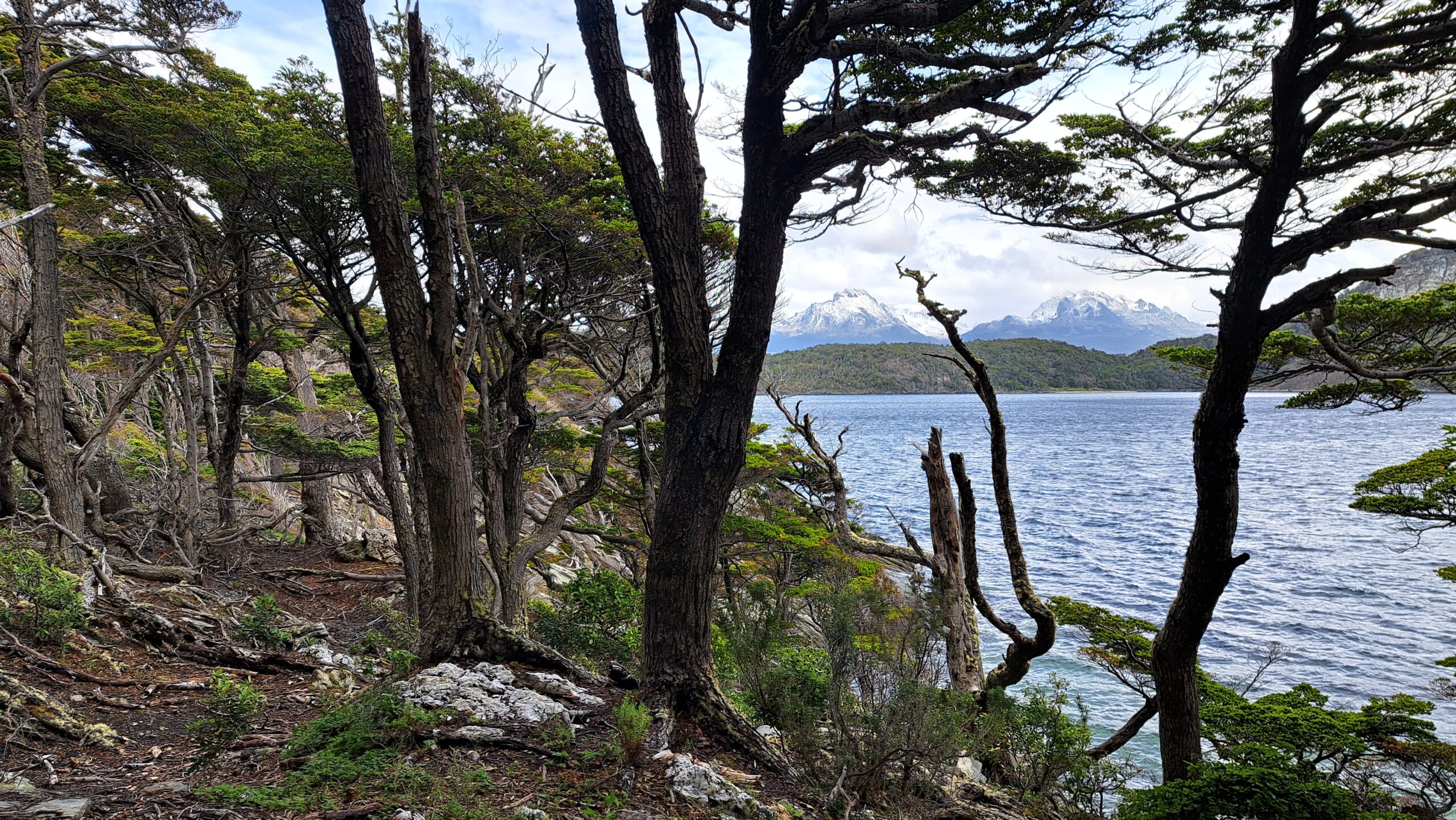
Geographic and Demographic Profile
At the edge of the world, where the Southern Ocean caresses the shores of the Martial Mountains, lies Ushuaia – the city that defies the conventional boundaries of civilization and wilderness. Known as the southernmost city on the globe, Ushuaia, the proud capital of Tierra del Fuego, Argentina, boasts a population of around 83,000. This is not merely a number but a testament to the resilience of a community thriving in isolation, at a juncture where the Andes stretch their fingers towards the icy embrace of the Antarctic waters.
Economic Foundations: Port and Tourism
The local economy is buoyed by two main pillars: a burgeoning tourism sector playing a pivotal role alongside its historical port functions. The city serves as a crucial gateway for Antarctic expeditions, thus attracting a global audience seeking adventure in the southernmost reaches of the planet. Additionally, industries such as oil, textiles, electronics, and to a lesser degree, sheep farming, play significant roles in economic contributions. Despite its growth, Ushuaia maintains a commitment to local businesses, and is free from the homogenization seen in many other tourist destinations, notably evidenced by the absence of global fast-food chains – emphasizes Ushuaia’s commitment to maintaining its distinctive local culture and economy.
Environmental Concerns: Shrinking Glaciers
One of the pressing concerns for Ushuaia and the broader Patagonian region is the visible impact of climate change, notably the shrinking of nearby glaciers. This phenomenon not only poses a threat to the region’s biodiversity but also to its tourism sector, which relies heavily on the natural environment’s allure. Ushuaia offers a unique vantage point to observe these changes firsthand, providing a powerful narrative on the impacts of climate change in polar and sub-polar ecosystems.
The People and Cultural Fabric
Ushuaia’s identity is deeply intertwined with its geographical isolation, setting it apart from the bustling urban centers of the north. Its residents have adapted to the extreme conditions with a sense of resilience and independence. The community’s small size fosters a close-knit atmosphere, with a sense of pride in their unique home. According to Agostina Timo, who was born in Patagonia and works in the tourist industry, in an interview with her on my podcast CandidRich, there is a steady mix of local Argentinians and those coming from the cities in the north for work and a slower pace. The city’s cultural scene—from museums and galleries to the warm, inviting atmosphere of its pubs—reflects a deep-seated appreciation for its heritage and environment. This resilience is also evident in the city’s approach to development, balancing economic growth with environmental stewardship.
Climate and Daylight Variations
Located in the southern reaches of Patagonia, Ushuaia, characterized by its subpolar oceanic climate, experiences vast fluctuations in temperature and daylight, deeply influencing its unique lifestyle and seasonal activities. Although, the area experiences a cold climate, it’s warmer than many might expect. During winter, temperatures average around -2 Celsius (28 Fahrenheit), and in summer, they can peak at 30 Celsius (86 Fahrenheit), though they seldom exceed 10 Celsius (50 Fahrenheit). The region is also known for its strong winds and significant rainfall, particularly along the coast. Daylight hours exhibit dramatic variations due to Ushuaia’s extreme southern location; the longest day reaches 17 hours and 3 minutes, contrasting starkly with the shortest day of just 6 hours and 56 minutes. These conditions offer a distinct rhythm to life in Ushuaia, with extended summer days facilitating outdoor exploration and brief, introspective winter days fostering community warmth and reflection. This ebb and flow of light and temperature not only shapes daily experiences but also accentuates the city’s unique charm and resilience throughout the year.
Conclusion
Ushuaia’s profile as a remote yet vibrant city, the gateway to Antarctica, and a bastion of natural beauty and rugged independence, offers a unique case study in balancing tourism, environmental conservation, and community well-being. Its isolated charm, combined with the pressing concerns of climate change and economic sustainability, makes Ushuaia a compelling subject for both visitors and those studying the impacts of tourism on remote destinations. It’s a city that invites exploration not just of its landscapes but also of its history and people. For those willing to journey to the edge of the earth, Ushuaia promises to leave a lasting impression, offering insights and experiences that resonate far beyond its geographic coordinates.






